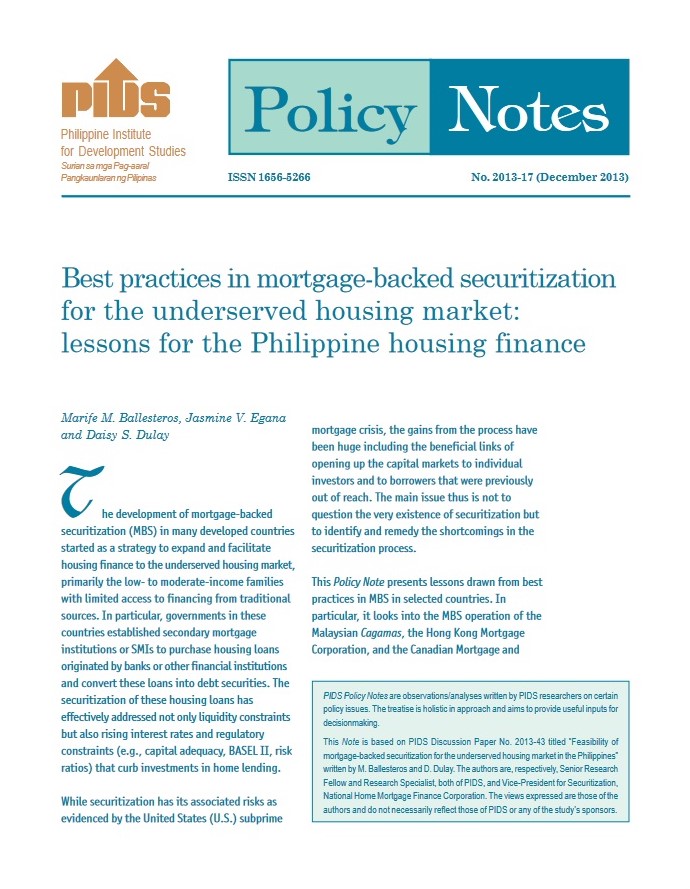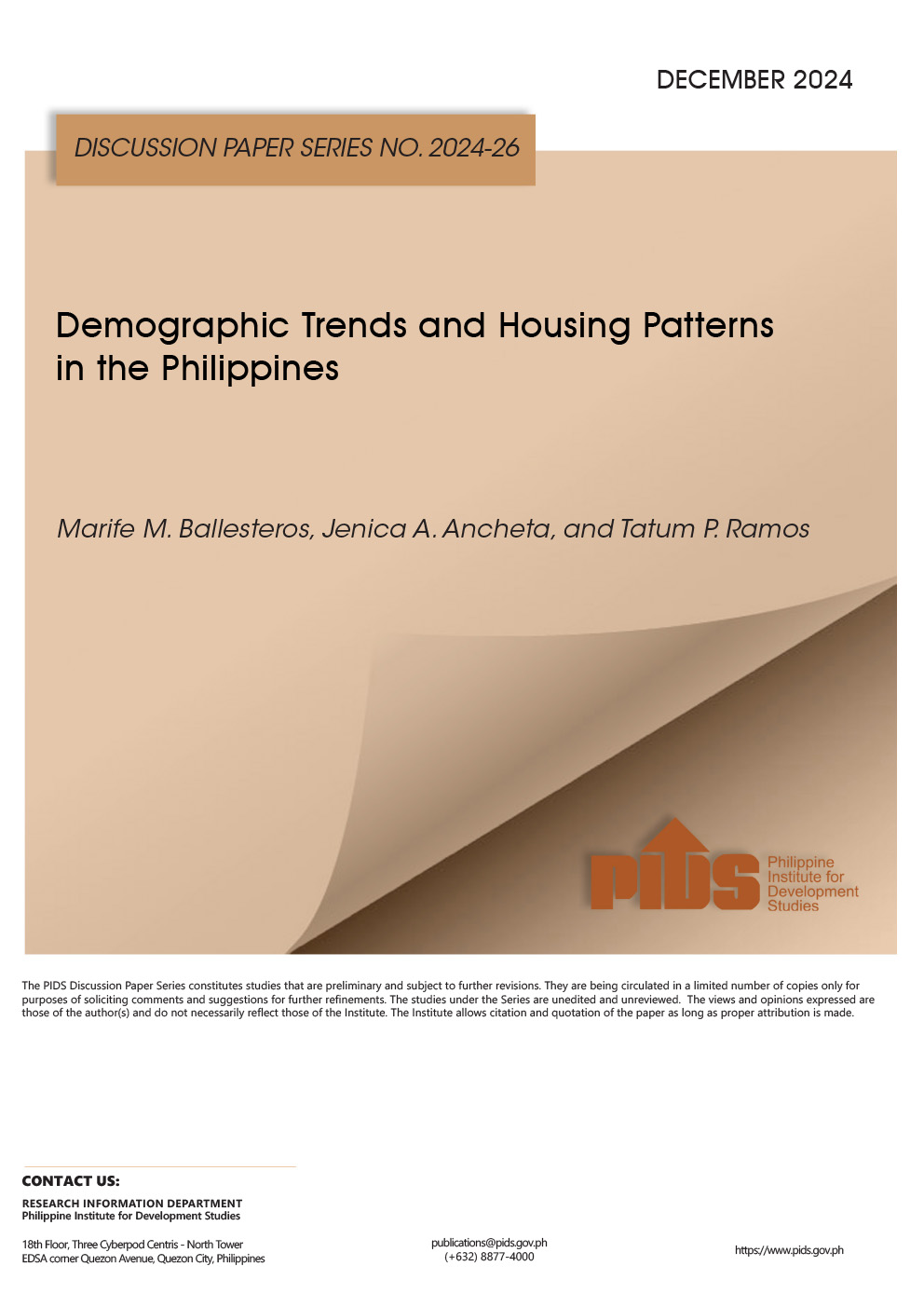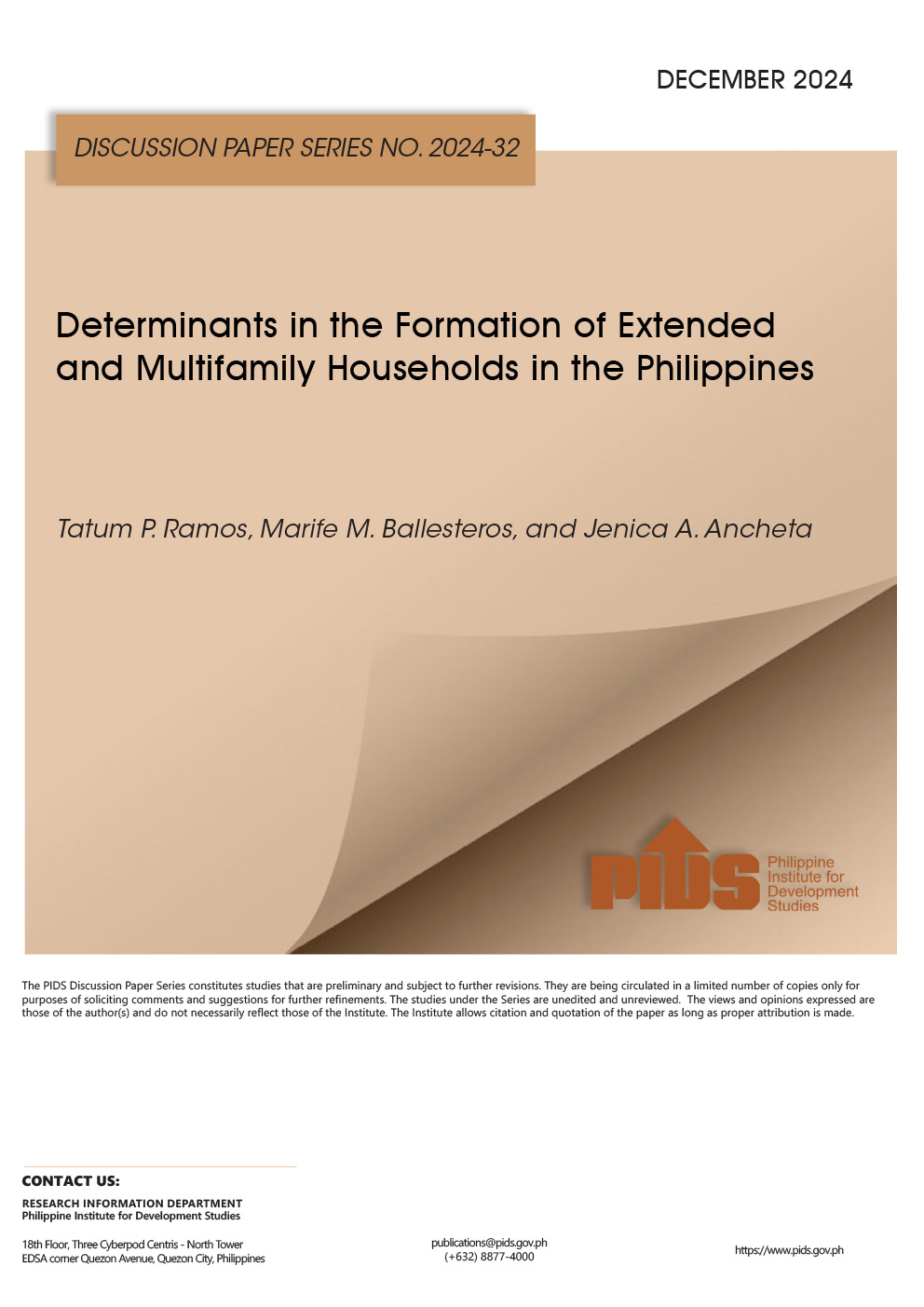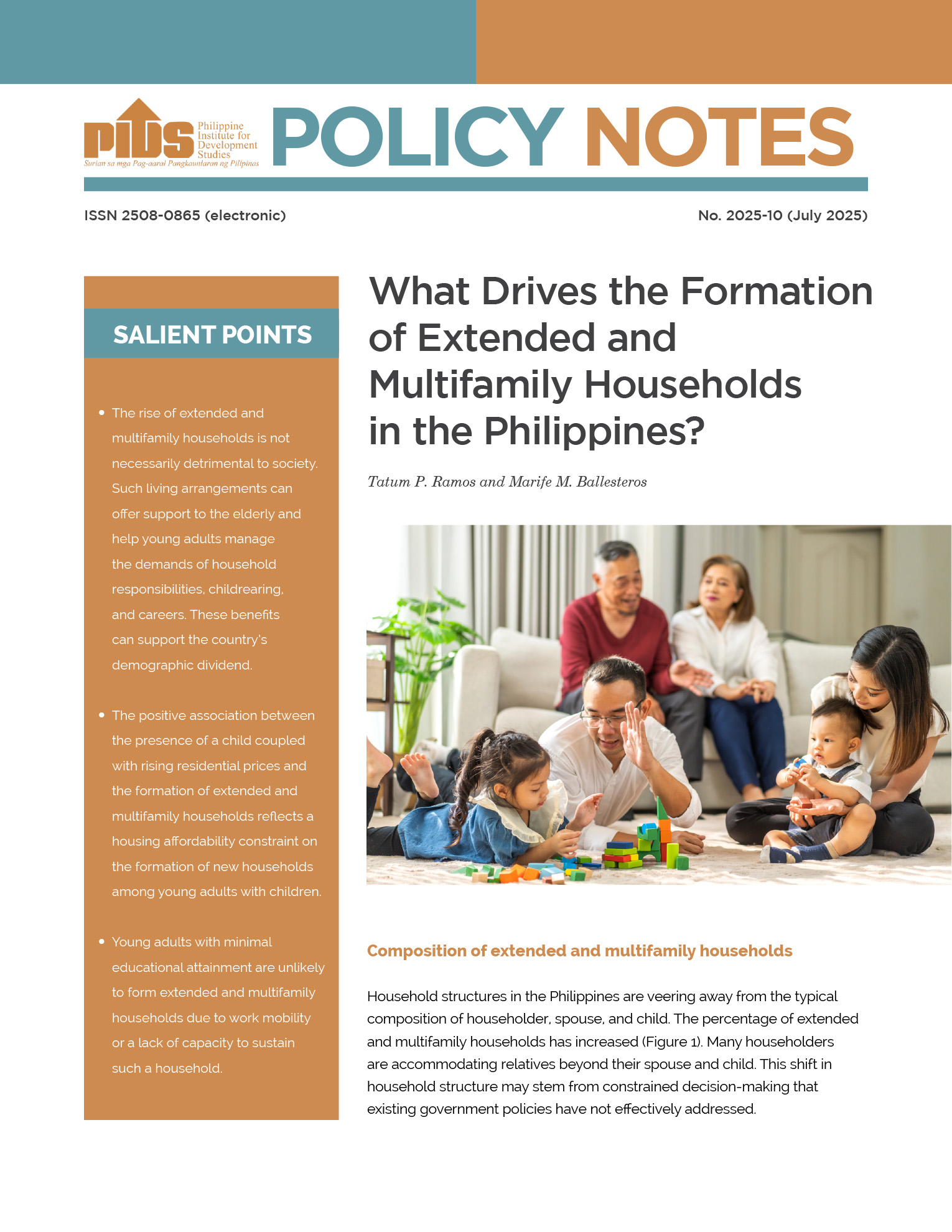The development of mortgage-backed securitization (MBS) in many developed countries started as a strategy to expand and facilitate housing finance to the underserved housing market, primarily the low- to moderate-income families with limited access to financing from traditional sources. In particular, these countries established secondary mortgage institutions to purchase housing loans originated by banks or other financial institutions and convert these loans into debt securities.
While securitization has its associated risks as evidenced by the U.S. subprime mortgage crisis, the gains have been huge including the beneficial links of opening up the capital markets to individual investors and borrowers that were previously out of reach. This Policy Note presents lessons drawn from best practices in MBS in selected countries. These best practice examples were among the financial institutions that have remained resilient in the recent subprime financial crisis. The U.S. MBS system, which triggered the subprime mortgage crisis, is also discussed to draw insights on securitization practices that should be avoided.













